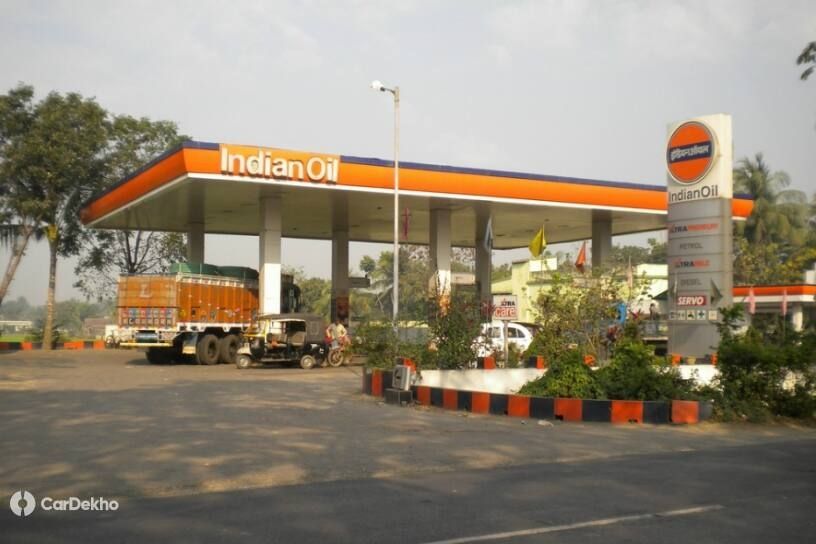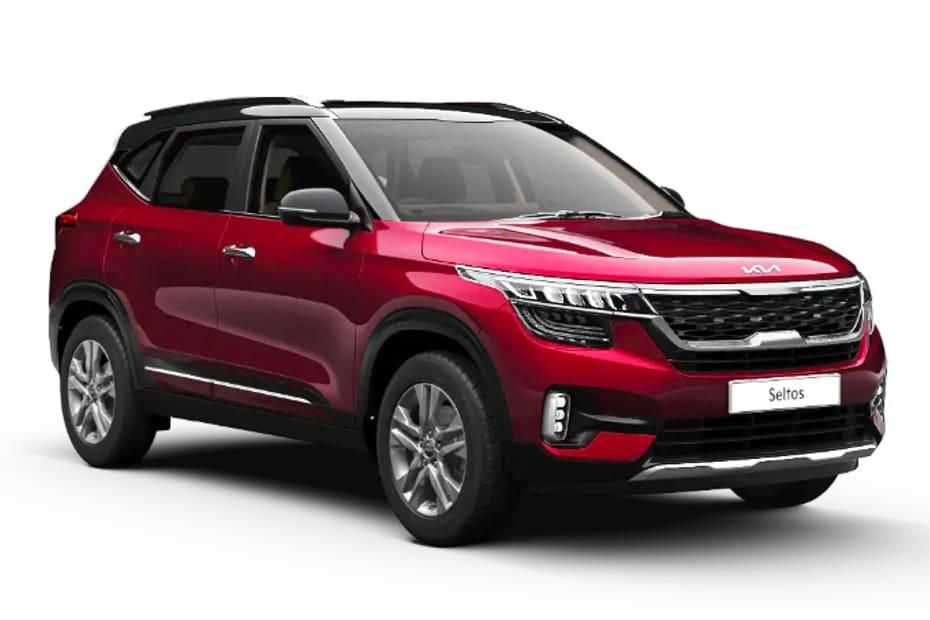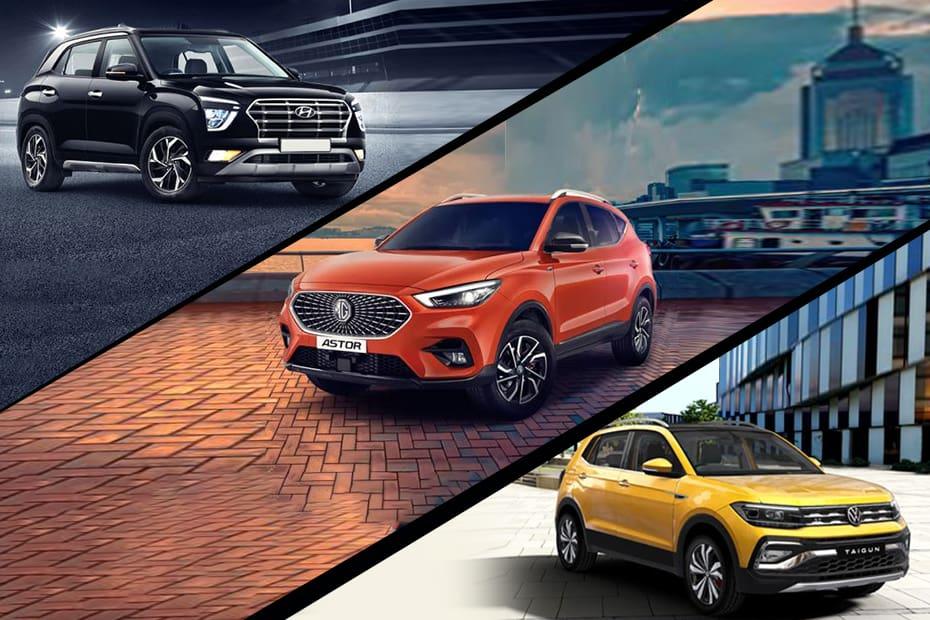Petrol And Diesel Rates In India’s Top 10 Cities Post Excise Duty Cut
Modified On May 25, 2022 09:30 AM By Rohit
- Write a comment
Following the excise duty cut, petrol and diesel prices have gone down by Rs 9.5 and Rs 7 per litre, respectively

The Central government recently slashed the excise duty applicable to petrol and diesel prices by Rs 8 per litre and by Rs 6 per litre, respectively. Currently, the Centre levies an excise duty of Rs 19.90 per litre on petrol and Rs 15.80 per litre on diesel.
This has led to petrol prices coming down by Rs 9.5 per litre and diesel rate dropping by Rs 7 per litre. The governments of Rajasthan, Kerala and Maharashtra have also brought down the Value Added Tax (VAT) on the two fuel options, thereby further reducing the prices within their jurisdiction.
Here’s a look at the revised fuel prices in top 10 cities of India (as on May 25, 2022):
| City |
Petrol Rate (Per litre) |
Diesel Rate (Per litre) |
| New Delhi |
Rs 96.72 |
Rs 89.62 |
| Mumbai |
Rs 111.35 |
Rs 97.28 |
| Bengaluru |
Rs 101.94 |
Rs 87.89 |
| Pune |
Rs 111.19 |
Rs 95.66 |
| Hyderabad |
Rs 109.66 |
Rs 97.82 |
| Kolkata |
Rs 106.03 |
Rs 92.76 |
| Ahmedabad |
Rs 96.51 |
Rs 92.25 |
| Chennai |
Rs 102.63 |
Rs 94.24 |
| Chandigarh |
Rs 96.20 |
Rs 84.26 |
| Jaipur |
Rs 108.48 |
Rs 93.72 |
After the revision in prices of the two automotive fuels, petrol now costs the maximum in Nanded, Maharashtra (Rs 113.74 per litre), whereas people in Malkangiri, Odisha will have to shell out Rs 100.56 per litre for diesel, the highest rate for the fuel in India (as on May 25, 2022).
Auto industry also keenly looks forward to similar support on the CNG prices which have seen exponential increase in the last 7 months. Support for CNG prices would help the common man, facilitate public transport and will enable a cleaner environment. (3/3)
— SIAM India (@siamindia) May 22, 2022
Following the price reduction of petrol and diesel prices, the Society of Indian Automobile Manufacturers (SIAM) has sought a reduction in CNG prices, which have shot up exponentially in the last seven months.

The Indian government has been pushing for the movement from fossil-fuel-powered vehicles to alternatives including hydrogen and electric vehicles. It has also been focussing on asking carmakers to provide models with flex-fuel options.
1 out of 1 found this helpful















